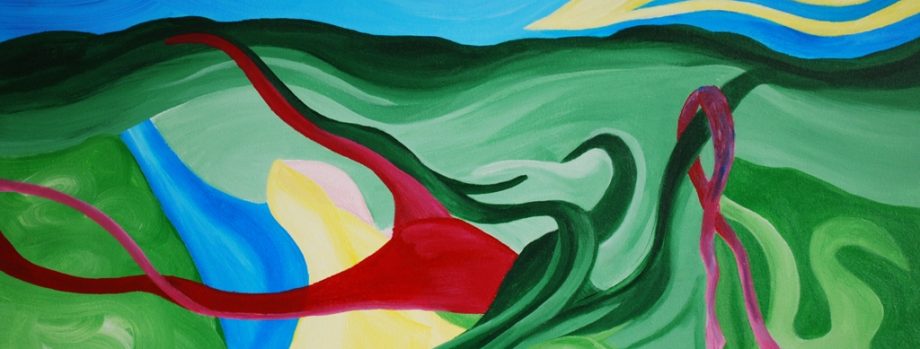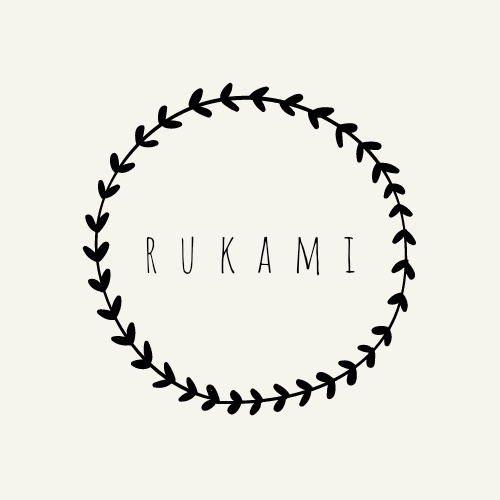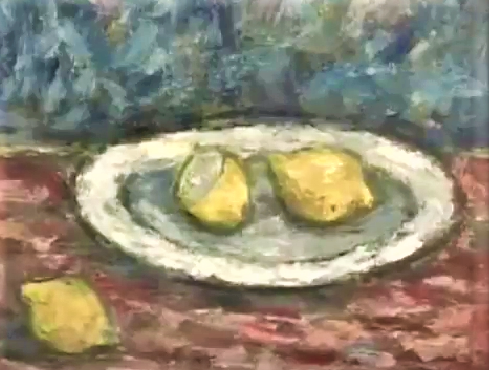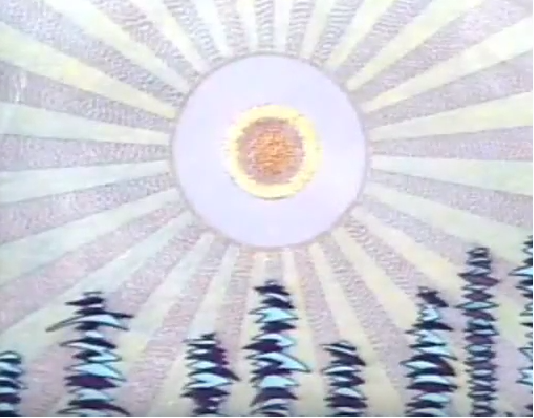
Rusyn art is not only about painting, drawing and sculpture in classical terms. It is also the art of men and women who dedicate their talent to handcrafting those pieces that we can actually use in our everyday life.
So, for this post I decided to revisit my dear village, Uličské Krivé, where I interviewed a talented craftswoman, Božena Pročková Kontrová, who has been putting her heart and soul into wonderful hand-made home and wedding décor, head pieces and children’s toys that have been delighting her customers for many years now.
Boženka, tell us something about your family… where are your roots?
I’m from Uličské Krivé and I have six siblings. Each one of us was trained in some vocation. I was drawn to the craft of my maternal Grandmother and so I went to study fashion design in Svidnik to become a seamstress.
Where did you work before devoting yourself to handmade products?
I used to work in different companies, small and big. I made shoes, work uniforms, children’s clothing…

When did you realize you wanted to create this way?
It was shortly after I was 30 when I was diagnosed with a genetic heart condition. I underwent a surgery in Bratislava and then a long recovery. My health prevented me from working at the pace I had been used to. It took some time before I started creating my own products, but it turned out to be my hobby. What makes me even happier is the fact that I can actually bring joy to people who like my creations.

How did the idea of lavender pillows come to you? What are they good for? How long does it take to make one?
To be honest, I’m not really sure. I must have been inspired by a random picture somewhere and tried making one myself. Rather than pillows as such, I create decorative products that can also function as children’s toys. I add lavender into these as well. The first shape I tried was a heart, then a cat, a teddy, a snail… and then I slowly added to my repertoire. Lavender not only lets out a wonderful fragrance, but it also protects your home from moths and ants and has a calming effect. One has to rub the place where lavender is sewn in between their fingers to activate and release the scent. The length of making the lavender pillow depends on the product itself. The easiest and fastest to make are hearts. If, for example, a bride orders them as name tags for her wedding, it can take me up to a week to finish.

I know you also make something very special and very Rusyn. Could you tell us a bit more about what a “parta” is?

“Parta” is a headband, or a head piece, that was traditionally worn by young, unmarried girls. Slovakia is incredibly rich in its traditional dresses. Every village had their own “kroj” and their own “parta.” It was during the wedding ceremony that the “parta” was taken off the girl’s head and replaced by a bonnet covered with a head scarf. “Partas” were decorated with flowers, beads and ribbons. It could be said that my “partas” are the modern counterparts. They are basically flowered headbands, which do not have the same significance for a girl’s social status as before because even married women wear them as hair decorations these days. I also make “partas” for brides to use in a traditional wedding ceremony called “čepčenie” and these are decorated with folk-patterned ribbons to look like the real deal.
What achievements do you have behind you and what projects are ahead of you?
My greatest achievements are my two daughters and my grandson who make me really happy. I’m also very satisfied when people praise what I create for them. I would like to present my creations at handmade markets and events where I can teach children how to make them. I regularly participate in one wedding exhibition in Kosice where I can meet future brides who want my products as name tags or party favors for their weddings.

Do you think Rusyn women have a close relationship with folk art? If so, why?
When we look at the history, Rusyn people weren’t a rich nation. I mean, women didn’t use to buy clothes, but make them for themselves and their families. They sewed their dresses, embroidered shirts for their boyfriends and husbands, they made “partas”, bonnets and they weaved rugs… they were pure artists. Even now Rusyn women are talented enough, but not everyone can devote their time to creative work. Still, traditions must be preserved at any cost because if we forget who we are and where we are from, our nation will die out, it will disappear.


















